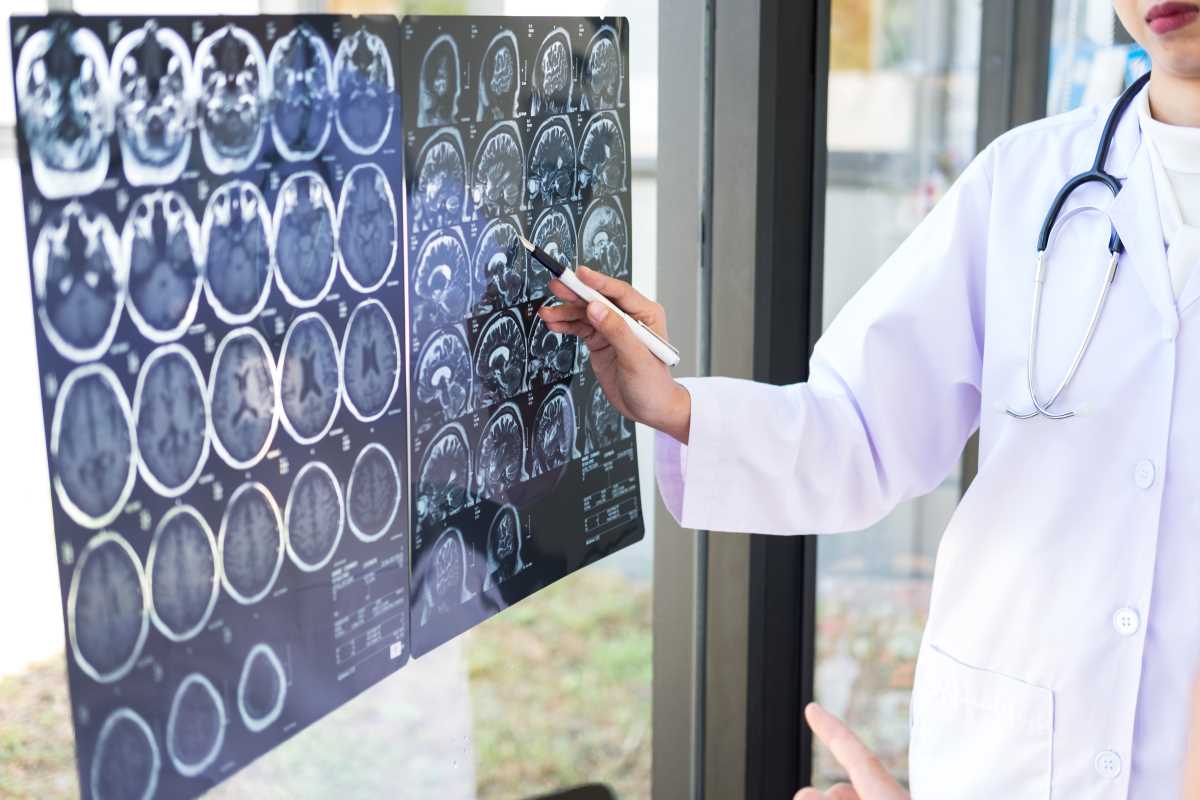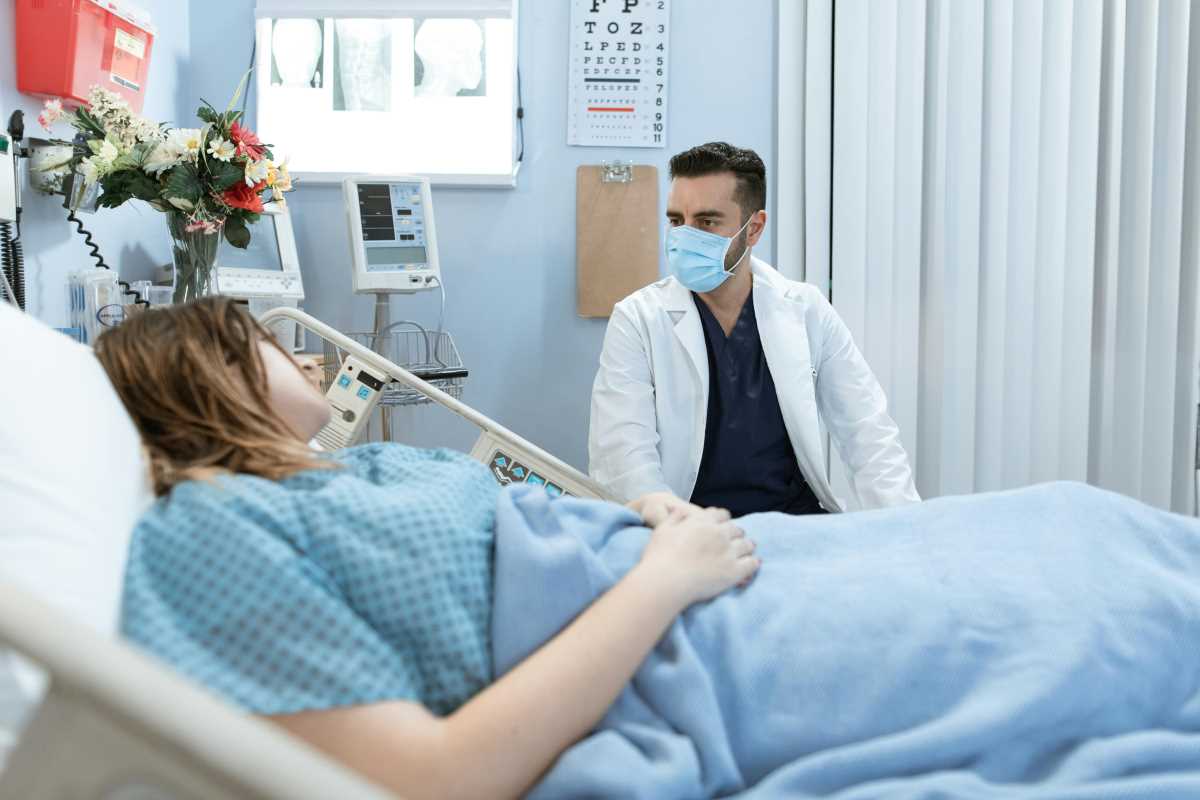Strokes don’t always arrive without warning. Sometimes, your body gives you clues about an elevated risk, which can include physical sensations, sudden changes in behavior, or even minor health shifts. A stroke happens when blood flow to the brain is interrupted, either by a blocked artery or a burst blood vessel. Paying attention to the signs of stroke risk allows you to take proactive steps to protect your brain and overall health. This guide highlights common early warning signs of stroke risk, explaining how these symptoms are connected to potential problems in your circulatory system. Knowing these signs and acting quickly could save your life.
Sudden Weakness or Numbness
Unexpected weakness or numbness, especially on one side of the body, is a hallmark warning sign of stroke risk.
- What to watch for: Difficulty lifting an arm or walking without stumbling. Numbness may feel like pins and needles, often in the face, arm, or leg.
- Why it relates to stroke risk: Restricted blood flow to certain parts of the brain can impair muscle function and sensation on the opposite side of the body, signaling trouble ahead.
Slurring or Difficulty Speaking
Trouble forming words or speaking clearly without prior issues can indicate an increased stroke risk.
- What it sounds like: Speech that becomes slurred, garbled, or hard for others to understand. There may also be difficulty following conversations.
- How it’s linked to stroke: The areas of the brain that control speech might be compromised due to reduced blood flow, creating a noticeable change in how you communicate.
Sudden Vision Problems
Changes in vision, like blurred sight or seeing double, may point to circulatory problems affecting the brain.
- What it looks like: Trouble focusing with one or both eyes, blind spots, or feeling as though vision dims temporarily.
- Why it suggests stroke risk: Issues in the brain’s visual processing centers, caused by reduced oxygen or a blood vessel blockage, start to interfere with normal eyesight.
Severe Headache That Comes Out of Nowhere
Headaches often occur for many reasons, but a sudden and severe headache paired with other symptoms should never be ignored.
- What to notice: An intense headache that appears without warning, feeling different from your usual migraines or tension headaches.
- The connection to stroke: A burst blood vessel in the brain, known as hemorrhagic stroke, commonly triggers an abrupt and painful headache as pressure builds.
Trouble Balancing or Walking
Difficulty coordinating movements happens when a lack of oxygen or nutrients impacts the brain’s motor or balance centers.
- What it feels like: A sensation of dizziness, wobbling, or losing control of your body’s movements. Some may stumble or feel like the ground shifts unexpectedly.
- How it ties to strokes: Clots or narrowing in arteries that supply the cerebellum, the brain’s balance center, are often behind these changes.
Facial Drooping
Facial muscles that suddenly feel weak or appear frozen on one side signal potential damage to brain areas controlling facial movements.
- What it looks like: A drooping mouth or eyelid, often noticed when someone smiles. The smile may look uneven or lopsided.
- Why it’s a warning sign: Blood flow disruptions to the nerves that control the face often appear before or during stroke events.
TIA (Transient Ischemic Attack)
Short episodes that resemble stroke symptoms—but disappear within minutes to hours—are known as transient ischemic attacks (TIAs), or mini-strokes.
- What happens: Symptoms like numbness or vision loss might appear temporarily and resolve on their own.
- Significance: These episodes are red flags that a major stroke could follow if causes like clots or underlying conditions aren’t addressed immediately.
Sudden Fatigue or Confusion
Unexplained exhaustion or trouble focusing may appear when your brain doesn’t receive enough oxygen or glucose.
- What it may feel like: The need to rest, combined with memory slips or feeling “foggy.” Concentrating on tasks becomes more difficult.
- How it’s tied to strokes: Reduced blood supply affects neural activity, producing sensations of disorientation or sluggishness.
High Blood Pressure Symptoms
Consistently high blood pressure doesn’t always show symptoms, but physical sensations like headaches, nosebleeds, or lightheadedness could alert you to danger.
- What it includes: Persistent headaches, ringing in the ears, or feelings of tightness in the chest.
- Why this matters: High blood pressure damages artery walls over time, increasing the likelihood of clots or vessel ruptures that could lead to a stroke.
Tingling or Loss of Sensation
A sudden sense of tingling or pins and needles in specific areas of the body could signal brain communication problems caused by circulation issues.
- What you notice: Unusual tingling focused on one side of the body or extremities, such as fingers or toes.
- Stroke connection: Parts of the brain managing sensory input fail to transmit correctly when blood flow diminishes, causing these abnormal sensations.
When to Seek Medical Help
Quick action is essential when spotting potential stroke risks. Call emergency services immediately if these symptoms develop suddenly or intensify over time. Symptoms like severe headaches, slurred speech, or vision changes should never be dismissed. Even temporary episodes like TIAs demand urgent medical evaluation because they often precede a full stroke event.
Doctors will typically use imaging tests such as CT scans or MRIs, along with monitoring blood pressure and conducting blood tests, to evaluate your risk. Early treatment options like medication, surgery, or lifestyle changes can prevent a major stroke from occurring.
 (Image via
(Image via





